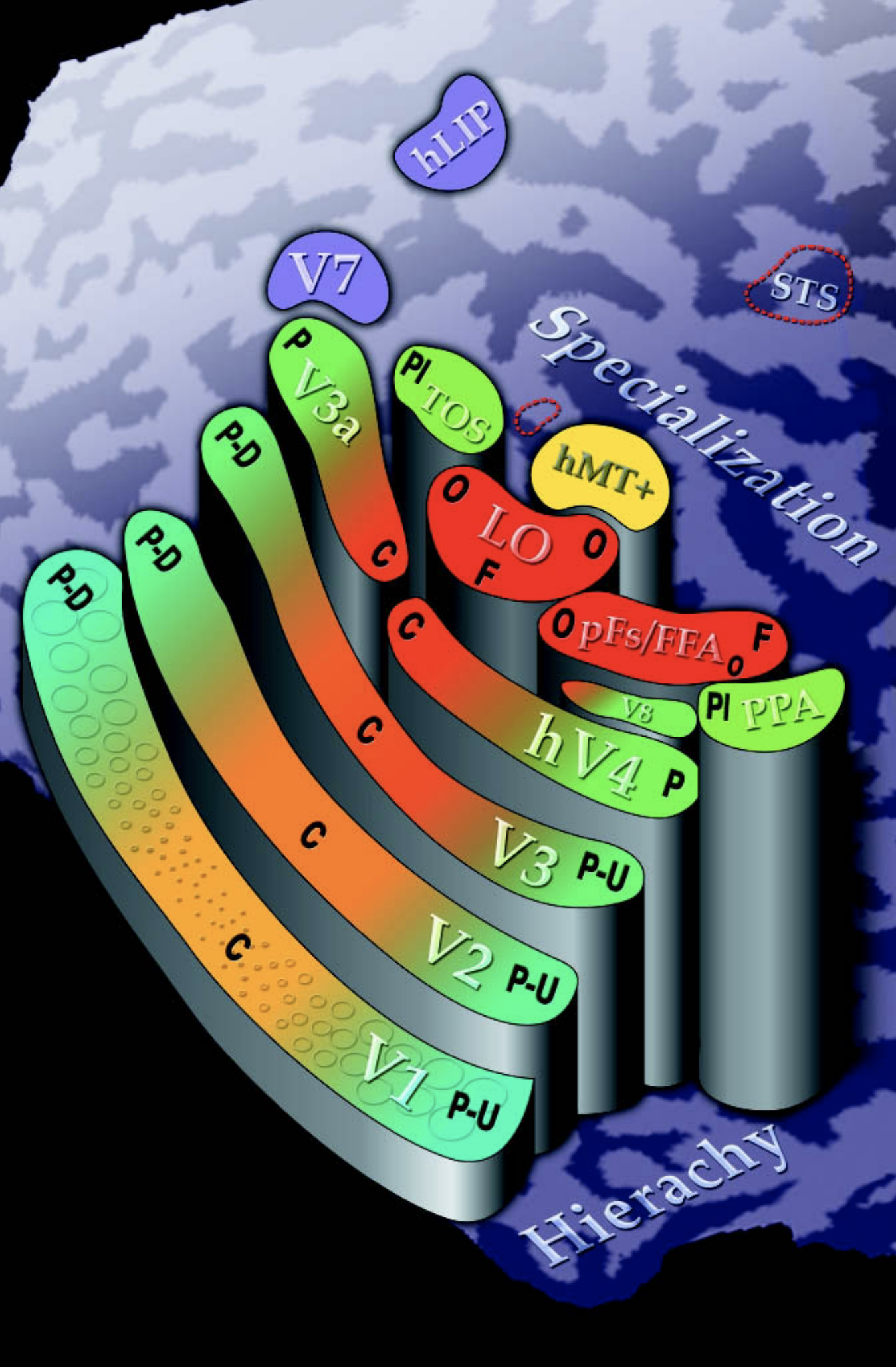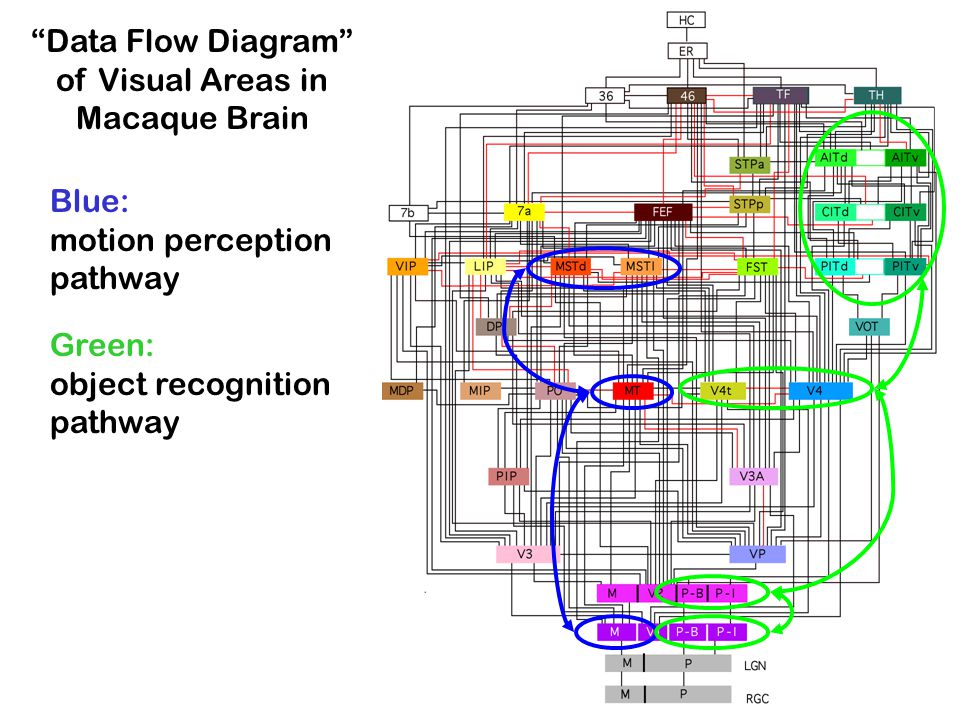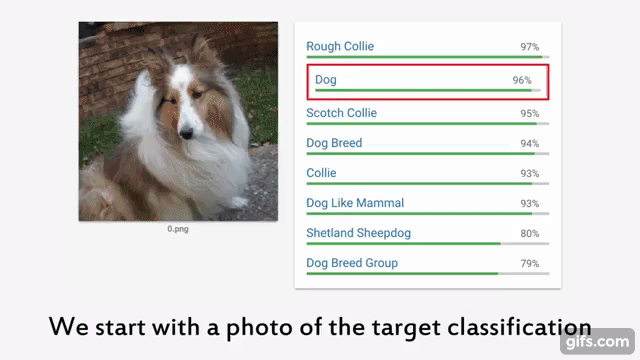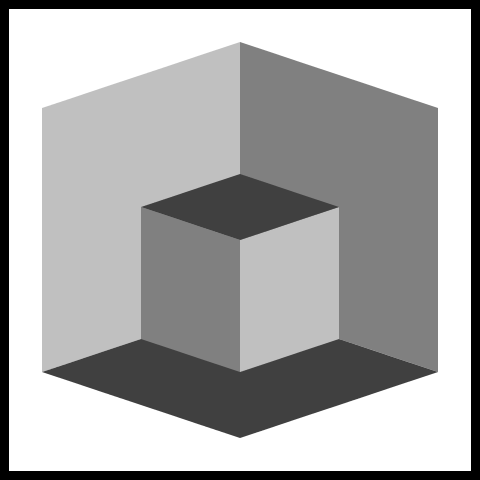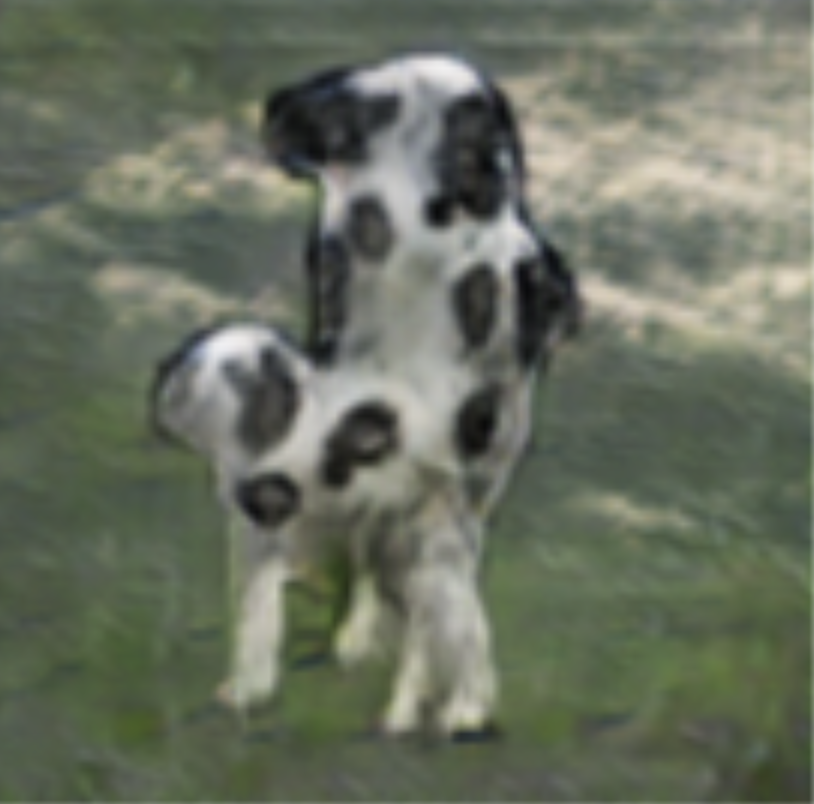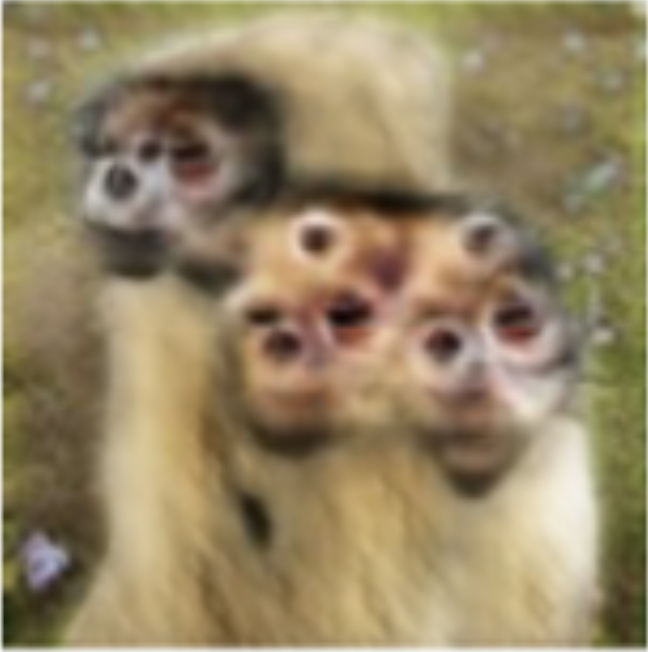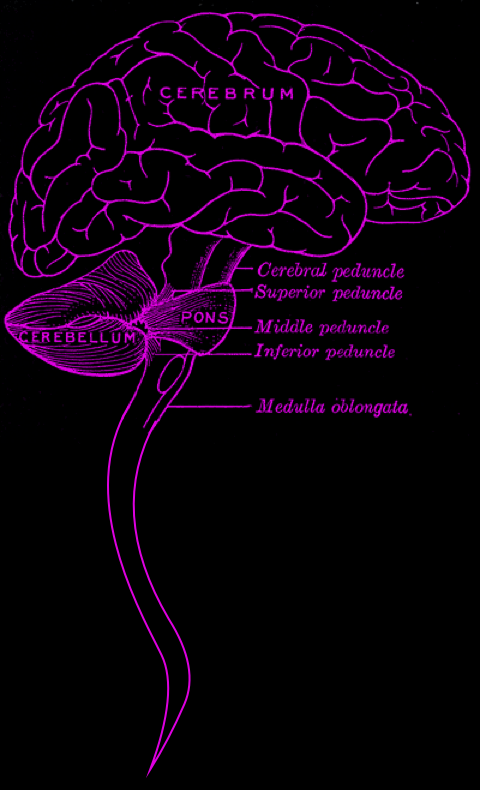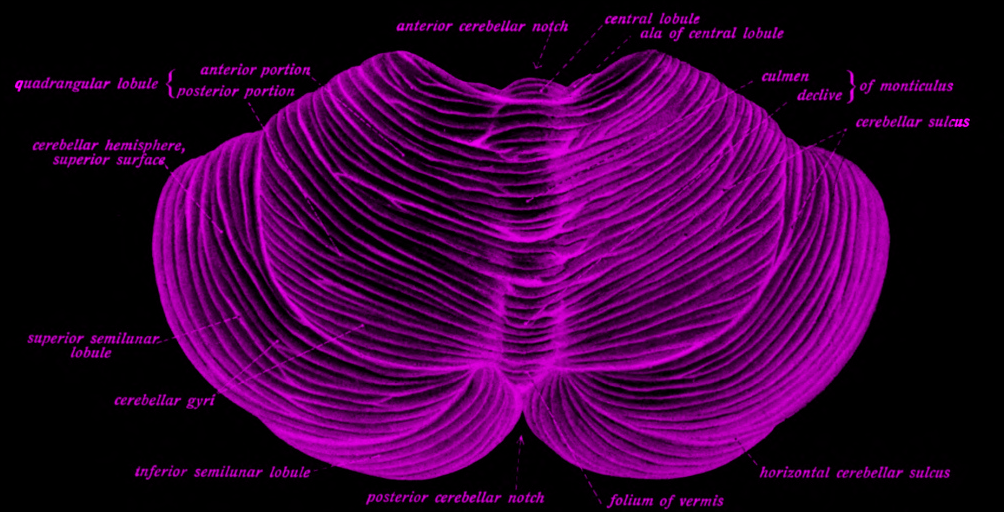This presentation may be hazardous or unsettling
- Rapidly flickering images
- Vertiginous full screen zooms
- Descriptions of drug use
- Suicide
- Unusually detailed anatomical models
- Distorted figures suggesting human flesh
- Many eyes, all of them watching you
